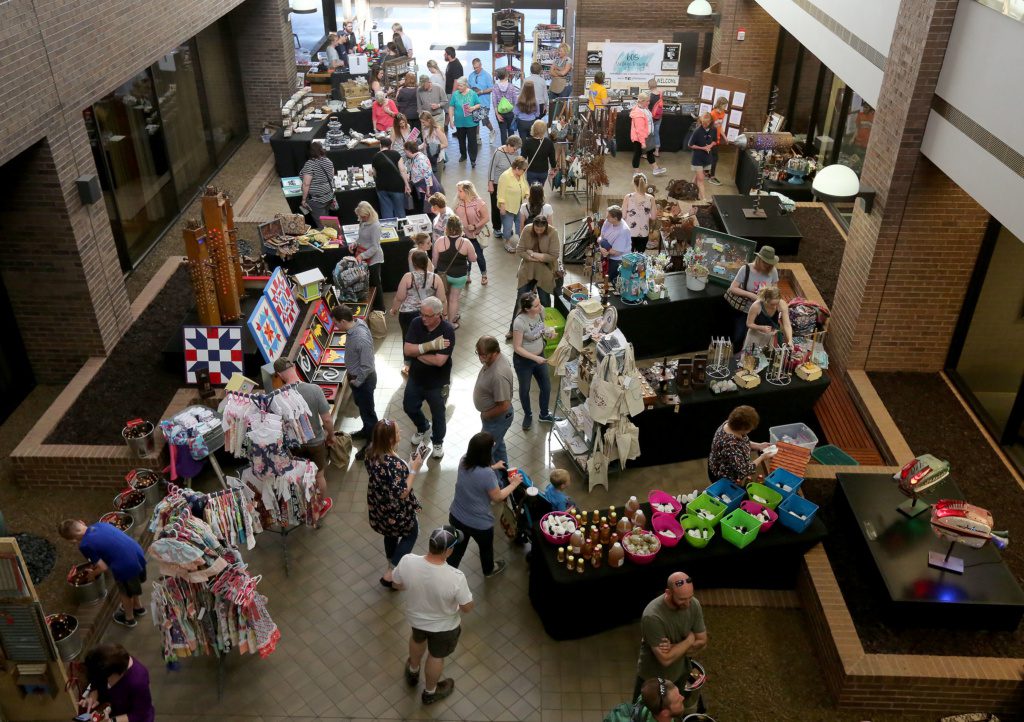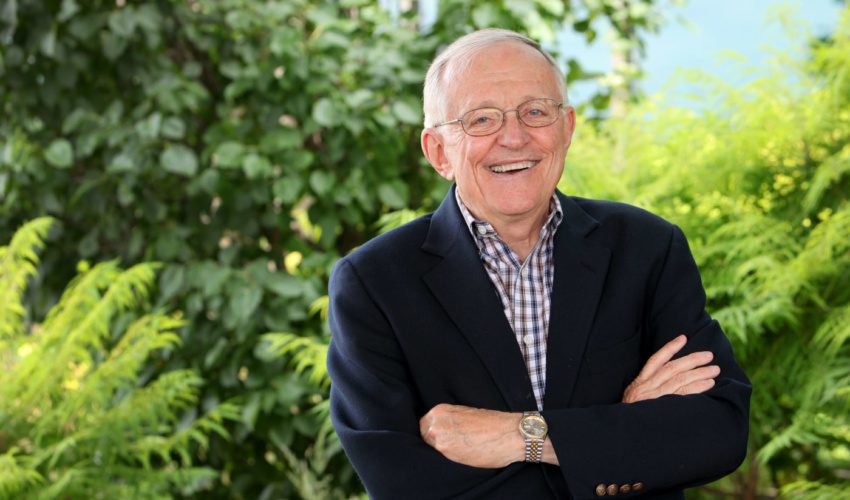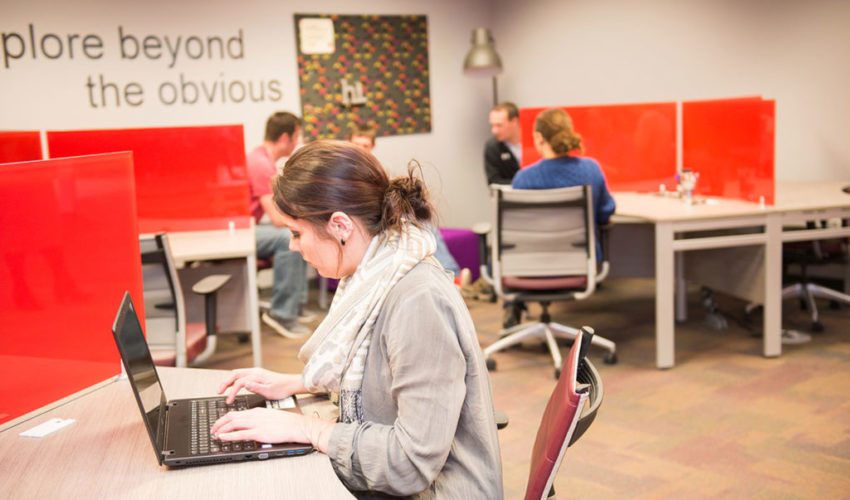Jodi’s Journal: Millennials, the mayor’s race and the matriarch
May 6, 2018
“They won’t vote. Millennials won’t vote.”
I heard that a lot in the months leading up to this year’s mayoral election, which pitted two political newcomers against several more established candidates.
And, part of me believed it. I figured at least one candidate with name recognition and government experience would end up in the runoff. History and voting trends suggested it.
But a few things happened that I think illuminate broader, important themes for business and community.
The millennials did show up. At least, enough younger voters showed and enough older voters stayed home that our runoff was a contest by two people almost young enough to be considered millennials themselves.
Here’s what I think happened, and why it matters to your business or organization.
First, I believe the majority of Sioux Falls is happy with the state of the city. That generally doesn’t prompt the masses to get engaged in government. It also opens the door for those who do show to have an impact.
I believe younger voters showed up because their candidates inspired them to take action.
That starts with meeting millennials where they’re at – largely digitally – and both runoff candidates ran social media campaigns that felt authentic. They used Facebook, which three out of four people in this region use regularly, to bring voters inside their campaigns. Those voters could climb aboard the proverbial train and come along for the ride, in the process feeling like they were part of something new that could be big.
And they met millennials where they’re at in person, with campaign events at downtown bars and restaurants.
The candidates also brought some unique ideas forward. One easy way to turn millennials off is to not offer new approaches or recognize how times have changed.
I think the takeaway here is that we should not believe that just because conventional wisdom suggests something about a generation that it will always be true.
Don’t assume millennials won’t stay with a company, or won’t shop in a physical store, or won’t join your church or your service organization.
Loyalty, whether it’s to a company or a candidate, is certainly possible with this generation. So is action. But whoever is asking for it has to tap into what motivates them and how they prefer to receive information.
It was a symbolic changing of the guard this week, to be sure.
As news of Sylvia Henkin’s passing spread on Election Day, I began having many conversations with those who knew her well. They also touched on the Sioux Falls that was – a place where the city’s matriarch left an indelible mark through her infectious enthusiasm and genuine care for this community.
Back in those days, community plans and decisions could be and were made around Henkin’s kitchen table.
While it’s probably good that we’ve grown to a point where the voices and influence have multiplied, it’s easy to feel a little nostalgic for those days when things seemed a little simpler and a little easier to get done.
I felt it again at an event celebrating the latest Sioux Falls Area Chamber appeals campaign, which raised more than $1.2 million toward the Stockyards Plaza, a wonderful tribute to our agricultural heritage being developed near Falls Park. The recurring appeals campaign is a hallmark of how we come together as a business community to fund projects that benefit the broader community.
“How do we get the younger generation to understand why we do this? And to continue it?” a friend and business leader asked me at the event.
There are no easy answers to that. The best I could do was suggest more established business leaders start bringing younger ones with them to these approaches and traditions that help define our community. Because they should continue, and a new generation needs to have a seat at the proverbial table and a chance to make its own mark there, too.
The events of this week reminded me of an article I read several years ago in the Harvard Business Review that was so on target I think of it often. The authors talk about the difference between “old power” and “new power” and how it will guide our societies, economies and businesses in the years ahead.
“Old power works like a currency,” they wrote. “It is held by few. Once gained, it is jealously guarded, and the powerful have a substantial store of it to spend. It is closed, inaccessible and leader-driven. It downloads and it captures.”
“New power operates differently, like a current,” they continued. “It is made by many. It is open, participatory and peer-driven. It uploads and it distributes. Like water or electricity, it’s most forceful when it surges. The goal with new power is not to hoard it but to channel it.”
I think our new city administration has a good opportunity to help us transition from an old power model to one that takes greater advantage of what new power can do. The leader’s role is to channel new power so it can have the greatest effect.
Fittingly, I’m writing the final words of this column Friday night at our 605 Made Spring Market. It’s been that kind of week! Looking around me at people buying locally made merchandise at an event I helped create with an idea, a tiny budget, some partners, a lot of area talent and the power of social media, I can feel what the authors of that “new power” description meant.
Art sometimes can feel elitist and inaccessible. Here, creative makers just starting out have a chance to sell their work, and a huge cross-section of the community comes out to support them.
I can picture Sylvia Henkin here, too. She’d be dressed in something memorable, walking through with her decorated cane and probably using it to point out merchandise she liked.
I wish more millennials had gotten to know her, because she was a kindred spirit in many ways – authentic and inclusive, taking her community very seriously and life itself never too seriously. Among all the legacies she left us, we can still look to her for a model of what a modern leader should be like.
I can still hear her singing about Sioux Falls in lyrics rewritten to the tune of “Hello, Dolly.”
She was a great soloist. But that was never the point. It was always about leading the tune and getting others to sing along.
That’s what we need from our next mayor. And if you think about yourself as a leader, it might help you tap into some of that “new power” that likely exists in your organization, too.









